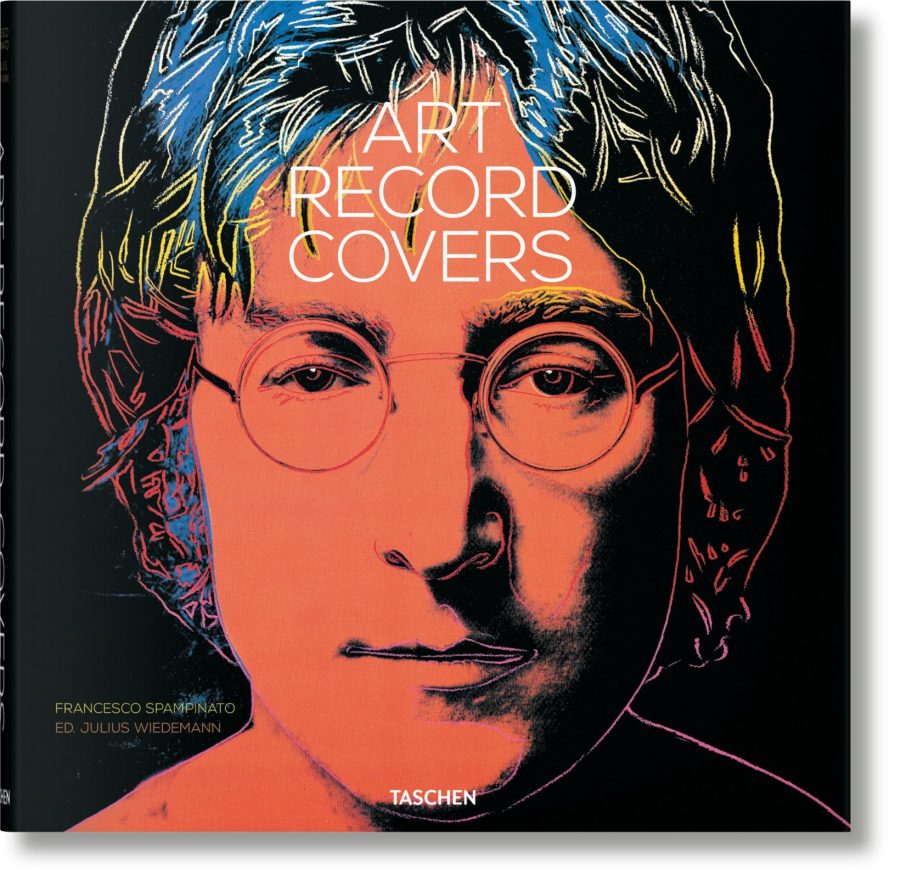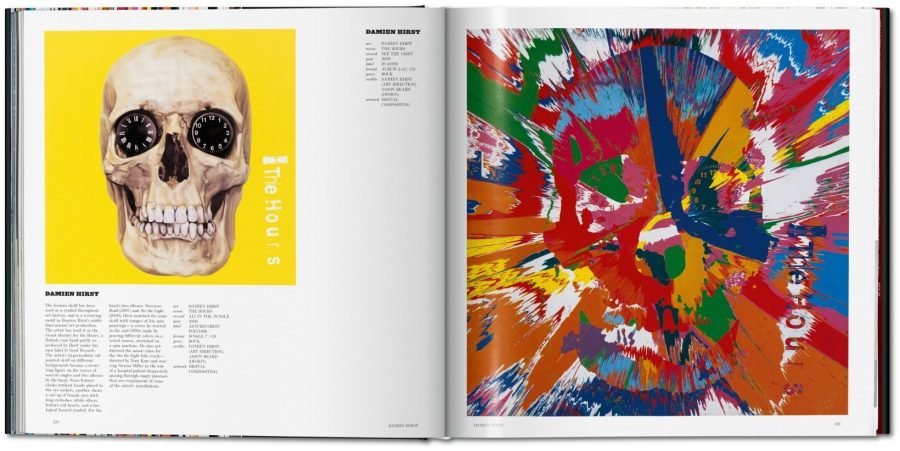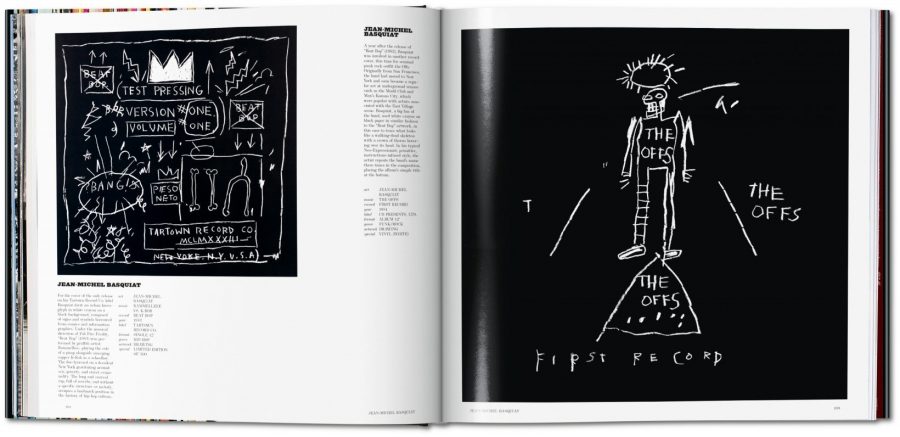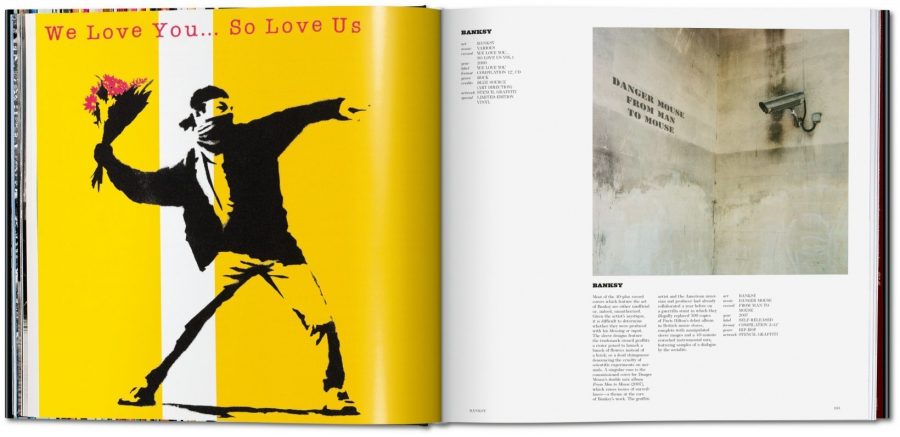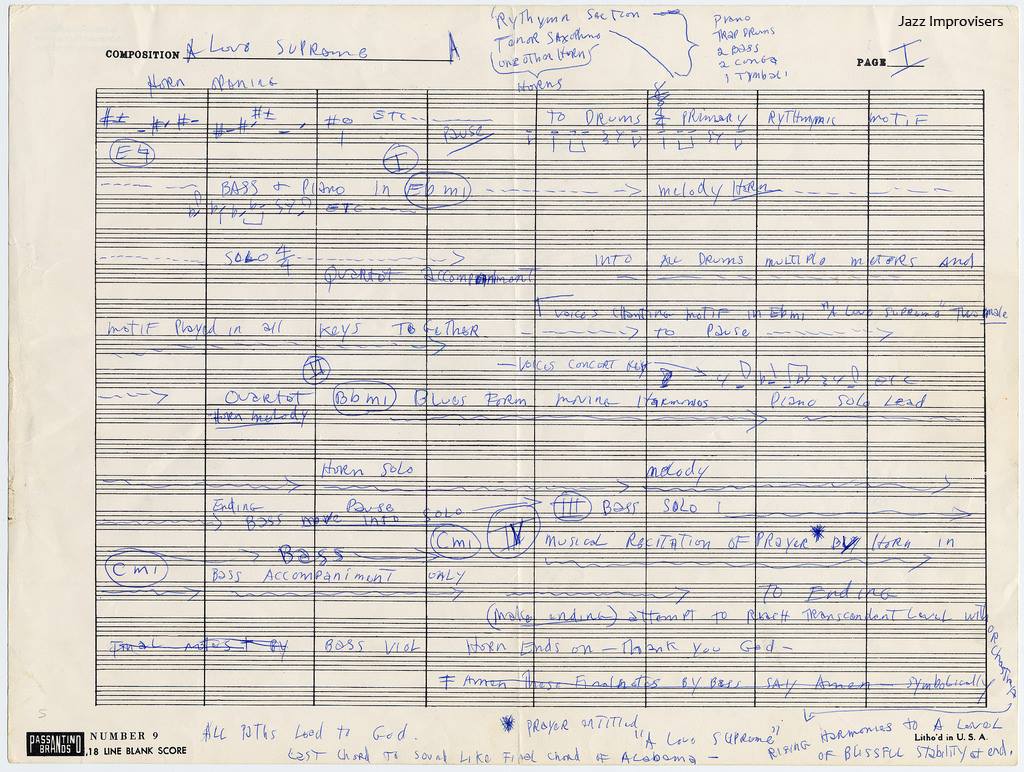Recently, we published a post about Nadia Boulanger, the 20th century’s most influential music teacher. While a composer and conductor in her own right—indeed, she was the first woman to conduct major symphonies in Europe and the U.S.—Boulanger is best known for her list of illustrious students, including Aaron Copland, Leonard Bernstein, Philip Glass, and Quincy Jones.
One reader of the post rightly pointed out a not-so-glaring irony in the way Boulanger has been remembered. While celebrated as a powerful woman in music, in a sea of more famous men, her many distinguished female students go unmentioned, perhaps more due to ignorance than prejudice (though this may be no great excuse). Most people have never heard of former Boulanger students like Grażyna Bacewicz, Marion Bauer, Louise Talma, Peggy Glanville-Hicks and Priaulx Rainier.
Not many have heard of Lili Boulanger, Nadia’s sister, a child prodigy who died at 24, after composing two dozen innovative choral and instrumental works and becoming the first woman to win the Prix de Rome in 1913, at the age of 19, for her cantata Faust and Hélène, with lyrics, by Eugene Adenis, based on Goethe’s Faust (top).
Polish composer Bacewicz, who began studying with Nadia Boulanger’s former student Kazimierz Sikorski at 13, traveled to Paris to “learn from the great pedagogue herself,” notes the BBC Music Magazine.
Bacewicz was an incredibly talented violinist (see her further up in 1952) and a widely admired composer, just one of many noteworthy female composers, of the past and present, who don’t often turn up in conversation about classical and avant-garde music. The BBC aims to correct these major slights with their “Celebrating Women Composers” series, which features archival interview clips from legends like Nadia Boulanger, Dame Ethel Smyth (profiled above), and Elisabeth Lutyens.
You’ll also find interviews with dozens of contemporary female composers, a series on composers’ rooms, profiles of historical greats, links to performance recordings, and several informative articles on women composers past and present. Most of the composers profiled have found some measure of fame in their lifetime, and renown among those in the know, but are unknown to the general public.
Some of the composers you’ll learn about, like the five in a feature titled “The Women Erased from Musical History,” might have disappeared entirely were it not for the work of archivists. Learn about these rediscovered figures and much, much more at the BBC’s Celebrating Women Composers, one of many such projects making it harder to plead ignorance of women’s presence in classical music.
Related Content:
Hear Seven Hours of Women Making Electronic Music (1938–2014)
Josh Jones is a writer and musician based in Durham, NC. Follow him at @jdmagness.
